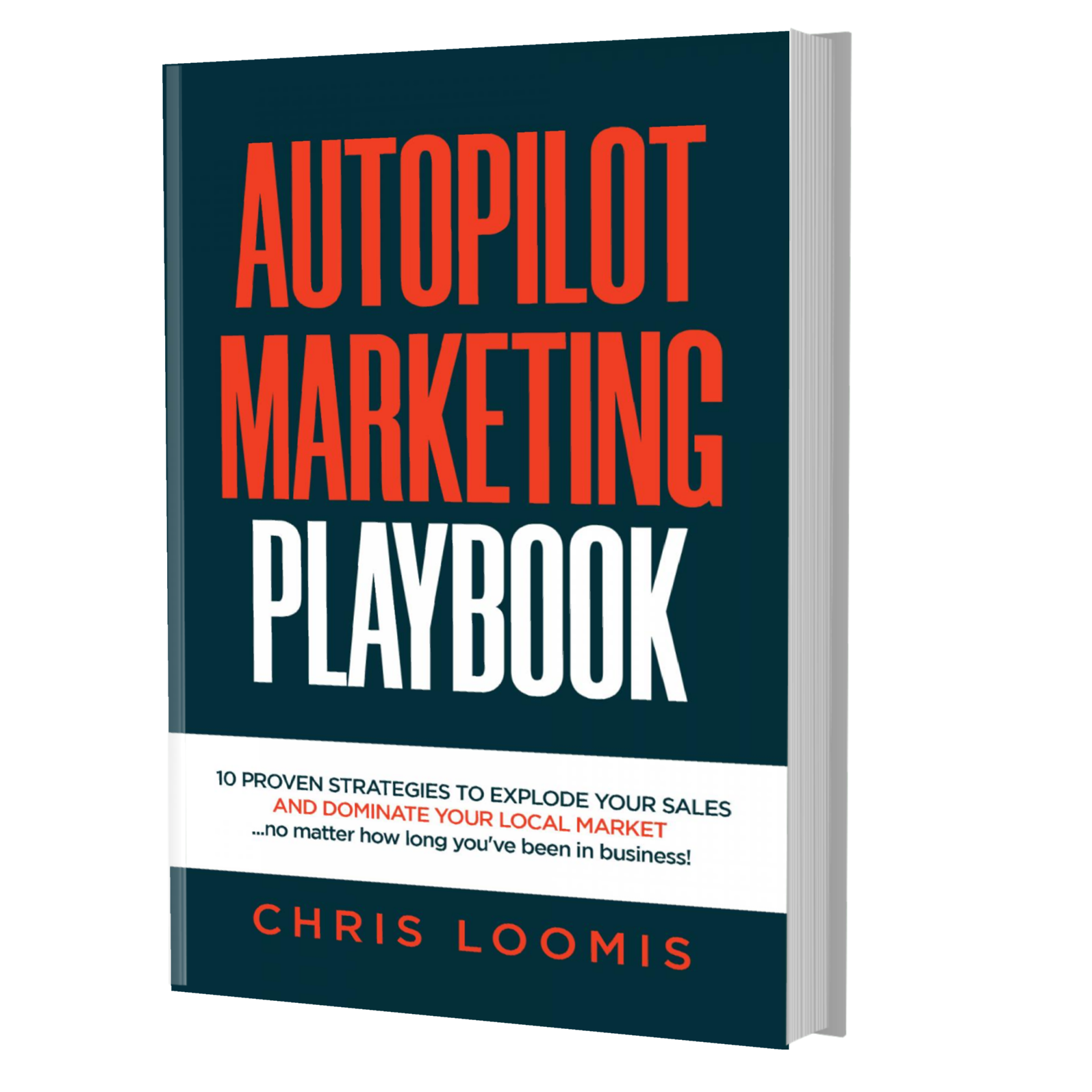Push Notifications: What They Are and How They Work on Boosting Your Brand
Share This
BY Chris Loomis
When you visit a website or open a new app on your mobile device, you will notice those pop-up messages asking you to do this or that before you see the entire content. It could be annoying for a lot of people and even disrupt their browsing experience. Basically, push notifications have become a part of our daily lives.
But first, we need to understand what push notifications are -- those pop-up messages that randomly appear upon opening a website or app. Are these pop-ups important and can they help brands to achieve their business goals? Here are important things you need to know about push notifications.
What are push notifications?
As mentioned, these are pop-up messages or alerts that appear on your desktop, smartphones, or even smartwatches once you open a new app or log in to a website. These kinds of notifications are “pushed” even if you do not open the apps.
Brands, social media platforms, and your built-in smartphone apps use push notifications (or browser notifications when you use a desktop browser). This includes weather alerts, text blasts from companies or brands, email notifications, and social media notifications (ex. whether someone has commented on your post or is doing a live video) as examples of push notifications.
Another example is when online delivery apps send notifications about a new item or an upcoming promotion as a way to attract you to go to the app or website. Low battery warnings and system updates are also examples of push notifications. Basically, push notifications lets you see the content before opening the app, website, or software.
Push notifications: Is it necessary or annoying?
Like any other marketing strategy, push notifications also have their pros and cons. It may have been useful for a lot of business owners, but the question is whether you need it or not.
Pros
Among the benefits brands can get from using push notifications include:
Saves time
Push notifications are automatically sent to the users, notifying them of whatever concern(s) they need to know. Hence, saving their time because they already get a preview of the message before they click the actual message. It also helps in categorizing as push notifications can also be location, preference, and behavior-based.
Measurable analytics
Among metrics used to evaluate a push campaign include read time, delivery rate, open rate, and conversion rate. These metrics can be used to track and connect to Google Analytics to get the results you need.
Requires minimal personal details
Not all people are comfortable giving out personal information online. With push notifications, there is no need to do that.
Visible and increase customer engagement
Push notifications are easy to notice, hence helping on increasing customer engagement. There is no need to subscribe if you don’t want to, or emails are ignored or end up as spam.
Cons
Meanwhile, among disadvantages of push notifications include:
It looks like pop-up ads
A lot of people hate pop-up ads as they can distract them from their usual browsing experience. Unless the notification is clear enough what it wants from the user.
It is overused
A lot of websites and apps use push notification that it could be too much already to the point of annoying. As a result, some people block these notifications in one go.
Not applicable for all
Push notifications are not applicable especially for confidential information such as payments.
Push notifications can be a great marketing tool for brands, as long as you do it right and deliver the right message. Contact a digital marketing expert in Franklin TN to help achieve your marketing goals!
10 PROVEN STRATEGIES TO EXPLODE YOUR SALES IN 6 MONTHS OR LESS!
FREE BOOK | Just Cover the Shipping!
Get it Before It's Gone!
Copyright ©2020 Autopilot Marketing


